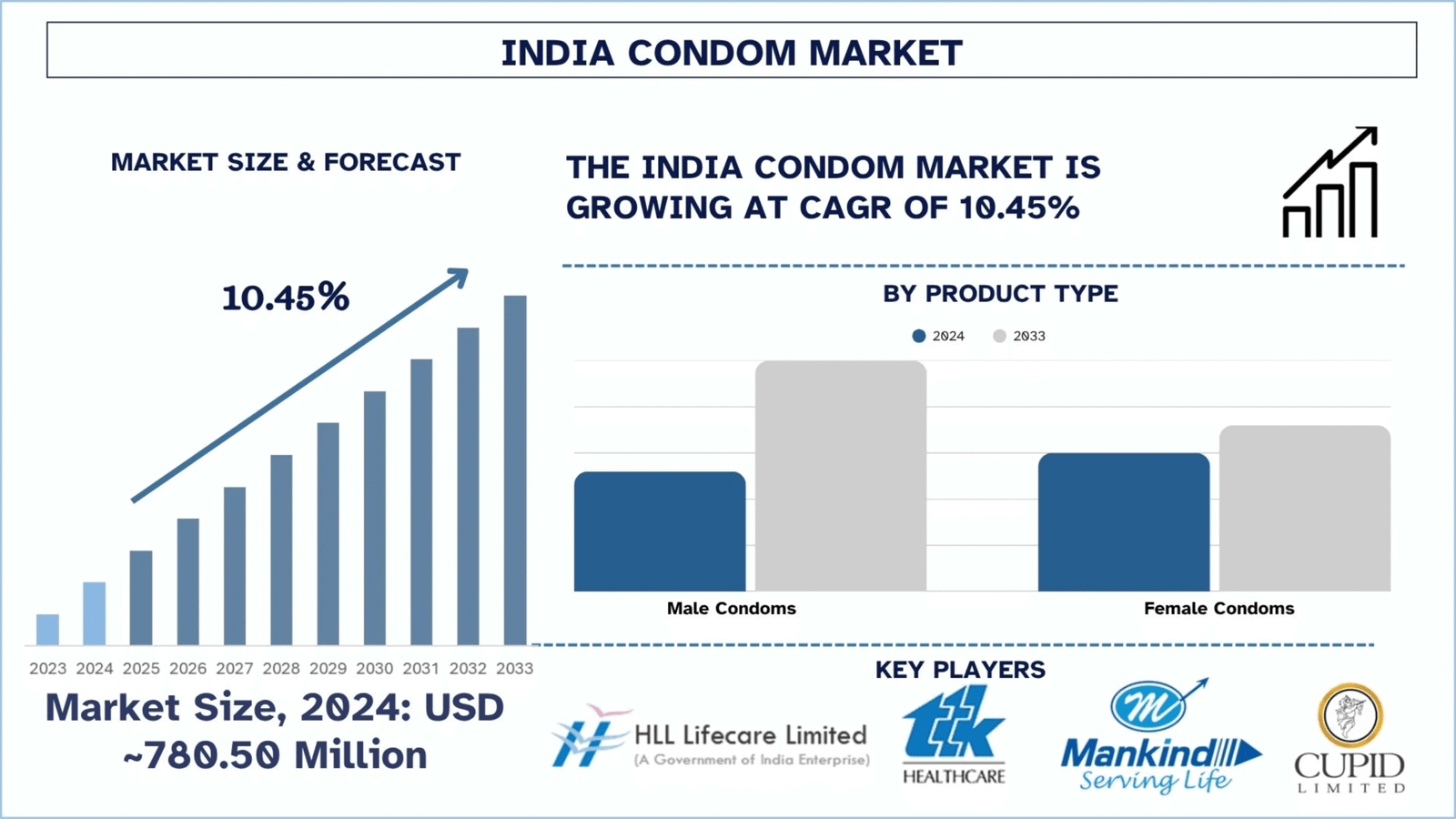Installing a new washing machine might seem like a simple task—plug it in, connect the hoses, and you’re done, right? Not quite. A proper washer installation involves more than just connecting a few pipes. If done wrong, it can lead to flooding, electrical issues, or permanent damage to your washer.
Whether you’re upgrading an outdated model or installing one in a new home, this guide walks you through everything homeowners need to know before, during, and after installing a washer. We’ll also show you how JP Appliance Repair can help make the process stress-free.
Why Proper Washer Installation Matters
Before jumping into the checklist, let’s talk about why it matters. Washing machines use both water and electricity—two things that don’t mix well when something goes wrong. Incorrect installation can lead to:
- Leaky hoses or flooding
- Vibration or loud noise during spin cycles
- Electrical hazards or tripping breakers
- Reduced washer efficiency or lifespan
By following this checklist or hiring professionals like JP Appliance Repair, you can avoid these costly issues and keep your laundry room safe and functional.
Washer Installation Checklist for Homeowners
1. Choose the Right Location
Your washer needs a good home. Here’s what to consider:
- Sturdy floor: Avoid uneven surfaces to prevent vibration or walking.
- Drain access: Ensure there’s a nearby floor drain or standpipe.
- Power supply: A grounded 120V electrical outlet is required.
- Hot and cold water access: You’ll need two valves—one for hot water, one for cold.
💡 Pro Tip: Measure the space carefully, including doorways, to ensure the washer fits during delivery.
Inspect Plumbing and Electrical
Before your washer arrives, inspect the existing plumbing and electrical setup:
- Shut-off valves should be in working condition and easy to reach.
- Water pressure should be between 20–116 PSI for optimal washer performance.
- GFCI outlet is recommended for added safety, especially in basements or laundry closets.
If you’re unsure, JP Appliance Repair can assess your setup and make necessary upgrades to avoid issues later.
3. Unpack and Inspect Your Washer
Once delivered, carefully unpack the washer. Look for:
- Dents or scratches
- Missing parts like hoses, manuals, or hardware
- Transport bolts (important for front-loaders)
⚠️ Do not remove transport bolts until you’re ready to install. Removing them too soon can damage the drum during moving.
4. Remove Shipping Materials
Modern washers often have shipping braces, plastic blocks, or tape inside the drum to protect it during transport. Remove these carefully as outlined in the manual. Leaving them in can cause severe damage during operation.
5. Level the Washer
Leveling is critical. An unbalanced washer will shake, make noise, or even “walk” across the floor. Use a bubble level and adjust the feet accordingly:
- Turn legs clockwise or counterclockwise to raise/lower
- Lock them in place using the included wrench or locking nut
- Double-check the level front-to-back and side-to-side
If this step seems tricky, JP Appliance Repair offers washer leveling as part of their installation service.
6. Connect Water Hoses
Use stainless steel braided hoses for durability and longevity (they’re less likely to burst than rubber). Follow these steps:
- Connect hoses to the washer and water valves.
- Ensure hot is connected to hot, and cold to cold (usually color-coded).
- Tighten with a wrench but avoid over-tightening.
- Turn on the water and check for leaks.
🛠️ Tip: If your washer came with rubber hoses, consider upgrading to braided hoses. JP Appliance Repair can help you with this swap.
7. Install the Drain Hose
You typically have two options:
- Standpipe drain: Insert the hose at least 6″ into the standpipe.
- Laundry tub drain: Hook the hose over the tub’s edge.
Always use the included hose clip or zip tie to secure the hose in place and prevent it from jumping out during draining.
8. Plug in and Test the Washer
Once water hoses and drain lines are connected:
- Plug in the washer.
- Run a short test cycle without clothes to:
- Check for water leaks
- Confirm the drum spins correctly
- Listen for unusual noises
If everything runs smoothly, you’re ready to wash your first load.
🛠️ When to Call the Pros
While many homeowners try DIY installation, it’s easy to miss a step or get overwhelmed. If you:
- Don’t have the right tools
- Need to install a washer in a new location
- Encounter plumbing or electrical concerns
- Have a high-end or smart washer with complex setup
…it’s best to contact JP Appliance Repair.
They offer expert washer installation, ensuring:
- No leaks or electrical hazards
- Proper leveling and performance
- Peace of mind with guaranteed workmanship
Post-Installation Tips
After setup, here are some helpful habits to keep your washer running smoothly:
✅ Regular Maintenance
- Clean the washer drum monthly using a washer cleaner or vinegar.
- Check hoses every 6 months for signs of wear.
- Leave the door open (especially on front-loaders) to prevent mildew.
✅ Avoid Overloading
- Don’t exceed the washer’s load capacity. It stresses the motor and shortens lifespan.
✅ Use the Right Detergent
- Use HE (High-Efficiency) detergent if your washer requires it.
- Too much detergent can cause buildup and odors.
JP Appliance Repair: Your Local Washer Experts
If you’re unsure at any step—or just want a hassle-free installation—JP Appliance Repair is your trusted partner. With years of experience and highly rated local service, they handle:
- Washer installation (top-load & front-load)
- Smart washer configuration
- Hose upgrades & leak checks
- Post-installation inspections
- Washer maintenance & repairs
Their team ensures every installation is done to code and tested for safety. Whether you’re remodeling your laundry room or replacing an old washer, they’ll make sure it’s done right the first time.
📍 Serving local homeowners with fast, reliable service
Final Thoughts
Installing a washer isn’t just about connecting hoses—it’s about ensuring your appliance is safe, secure, and set up to last. With this checklist, you now have a step-by-step guide to get the job done right.
But if you’d rather skip the tools and trust the pros, call JP Appliance Repair. They’ll make sure everything is properly installed—so all you have to do is press start.
❓Frequently Asked Questions (FAQs)
1. Can I install a washer myself, or should I hire a professional?
You can install a washer yourself if you’re comfortable with plumbing and electrical connections. However, professional installation from a company like JP Appliance Repair ensures your appliance is set up safely and efficiently, minimizing future issues.
2. Do I need new hoses when installing a washer?
Yes, it’s best practice to use new hoses during installation. Old or reused hoses are more likely to crack or burst. Stainless steel braided hoses are recommended for durability.
3. Why is my new washer shaking during spin cycles?
Shaking usually means your washer is not level or the transport bolts weren’t removed. Double-check the leveling feet and make sure all packaging materials were taken out before use.





Leave a Reply